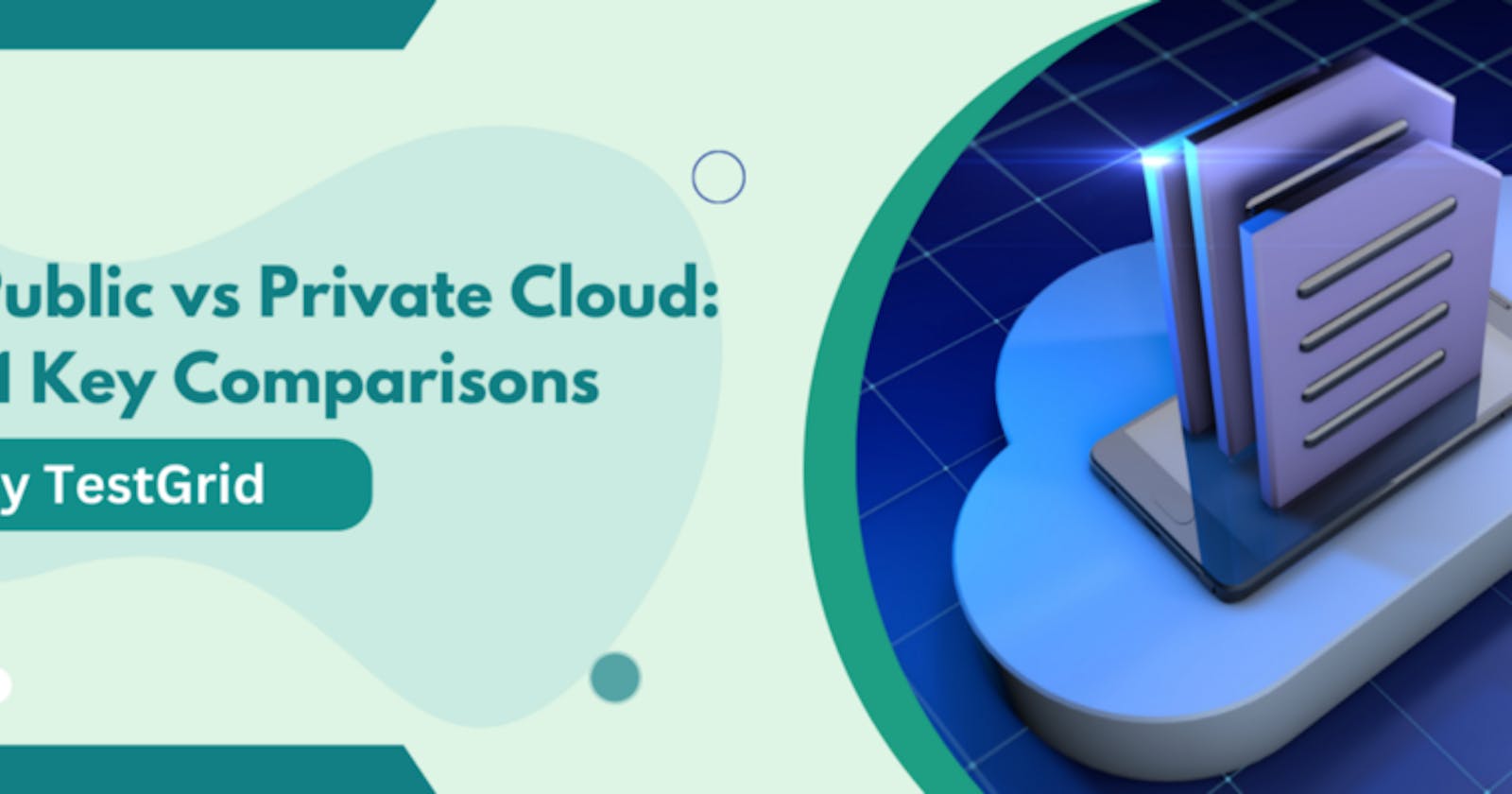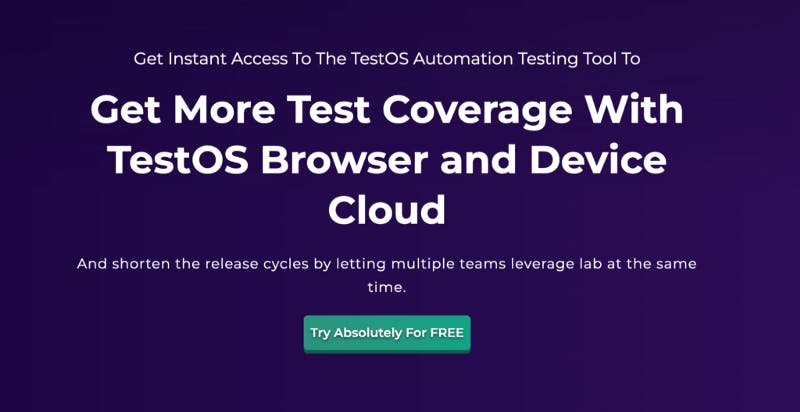Making a solid hybrid IT strategy requires selecting the appropriate cloud option for your company. It’s crucial to strike a balance between conflicting objectives, and it can occasionally be difficult to match the appropriate cloud infrastructure with the appropriate use case. So we’re here to help you in selecting Public and Private cloud with a detailed comparison.
What Is A Public Cloud?
A public cloud is a model in which on-demand computing resources and infrastructure are managed by a third party and used by several enterprises via the Internet.
Public cloud service providers may provide cloud-based services such as “Infrastructure as a Service” (IaaS), “Platform as a Service” (PaaS), or “Software as a Service” (Saas) to users for a monthly/annual payment model or pay-per-use subscription, removing the need for users to host these services on-site in their own data centre.
It is beneficial for businesses to work on projects with varied organizations, such as research institutes and NGOs, which require an infrastructure to handle many clients.
Your data is stored off-site via a public cloud solution on a shared server run and maintained by the service provider.
The Cloud Service Provider handles support and upgrades. Services are paid for on a subscription basis, eliminating the need for substantial capital investments and freeing up your internal IT resources.
As a result, your company has more flexibility and can access programs and data quickly for testing purposes or as part of a recovery plan. However, it implies you have little control over the system’s update schedule and content.
Read also:8 Top Benefits of Public Cloud Every Tester Should Know.
What Is A Private Cloud?
Private cloud refers to computing where the service provider does not publish all resources online. Only connections via private networks are supported.
It has a single-occupant architecture and only authentic users. Applications like Google Drive, Google Docs, YouTube, etc., are run on a private cloud, which means that the back-end data is not accessible to the general public.
The hardware and software are only dedicated to a private corporation, i.e., members of the special entity. The infrastructure and services are maintained and deployed across a private network.
Due to its excellent adaptability and flexibility, it is suitable for businesses that want an infrastructure with high performance, high security, and privacy.
Your data will be hosted on a dedicated server with access and control restricted to your company exclusively using a private cloud solution. Due to its single usage, the network provides high performance and is secured by a reliable firewall.
Customers can alter how their service is controlled and maintained. This implies that you can modify your infrastructure to meet your company’s needs and any specific infrastructure or security requirements you may have.
Get More Test Coverage With TestOS Browser and Device Cloud: TRY FOR FREE
Difference Between Public and Private Cloud
Differences between public vs private cloud are as under:
End-to-End Testing on Real iOS, Android Devices & Browsers with TestGrid Public Cloud
TestGrid public cloud offers a combination of real devices & browsers to help users test your mobile app and website on the cloud while getting 100% real user experience.
The following activities are possible with TestGrid Public Cloud:
1. Cross-Browser Testing
Users can test their websites on actual cloud devices using a variety of desktop and mobile browsers or OS combinations to give their customers the best UI/UX.
2. Mobile Device Testing
To boost sales, create a cutting-edge mobile app for your users and test it on tens of thousands of devices connected to carrier networks.
3. API Testing
TestGrid API testing is a web-based API development suite that is 70% faster than traditional API automation and has a straightforward user interface.
Simulators should only be used for quick debugging, and both Apple and Google recommend testing on actual devices. As a result, programmers must ensure that their applications are tested on real iOS and Android devices.
Because of constant device upgrades, endless iOS and Android versions, and form factors, this task is difficult in a fragmented market. As a result, gathering the necessary tools is impossible. Instead, use the device lab on TestGrid.io.
Our lab is constantly expanding with over 100 iOS and Android devices in all popular form factors.
Read also: Public vs Private vs Hybrid Cloud: Which One Should You Use?
Conclusion
In summary, larger companies and governmental organizations like the adaptability and scalability of public cloud services, but specific needs always force them to consider private cloud services. Only private clouds can tailor the cloud service to a client’s needs completely.
Conversely, because resources are shared among many users in a public cloud architecture, elasticity and on-demand scaling are considerably easier to supply. Additionally, rather than offering cloud services to the general public, a private cloud aims to give consumers access to a flexible and agile private infrastructure.
Whatever cloud solution you decide on, it’s critical that you thoroughly investigate your options to make sure you select the one that will best serve your varying workload requirements. Think carefully about the variations and keep in mind that a hybrid solution can offer both advantages.

Originally published at testgrid.io on December 3, 2022.


